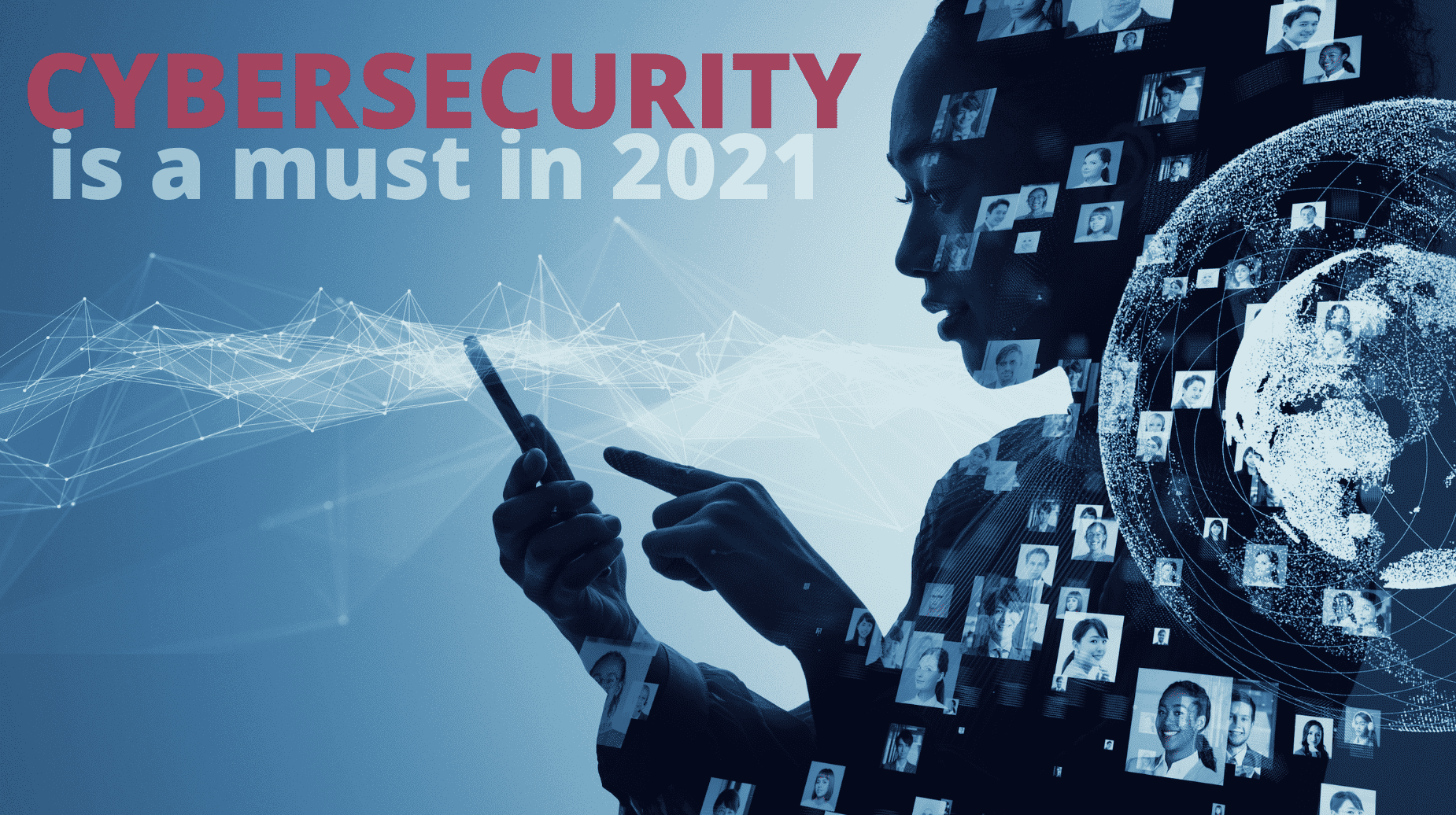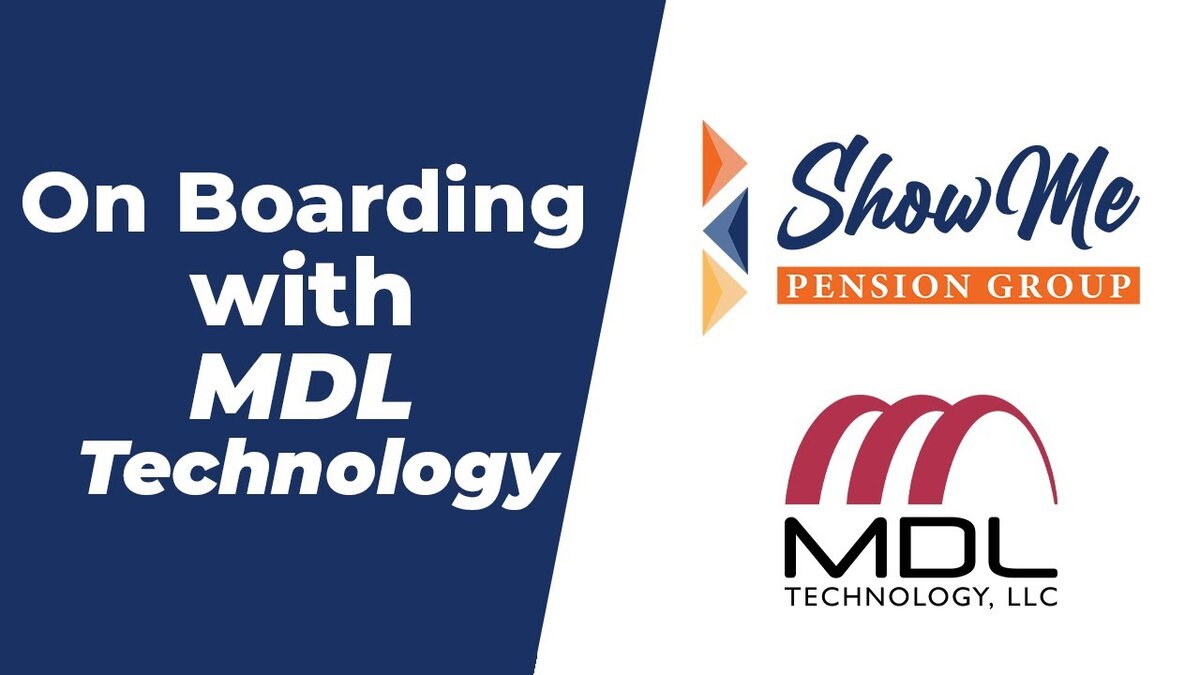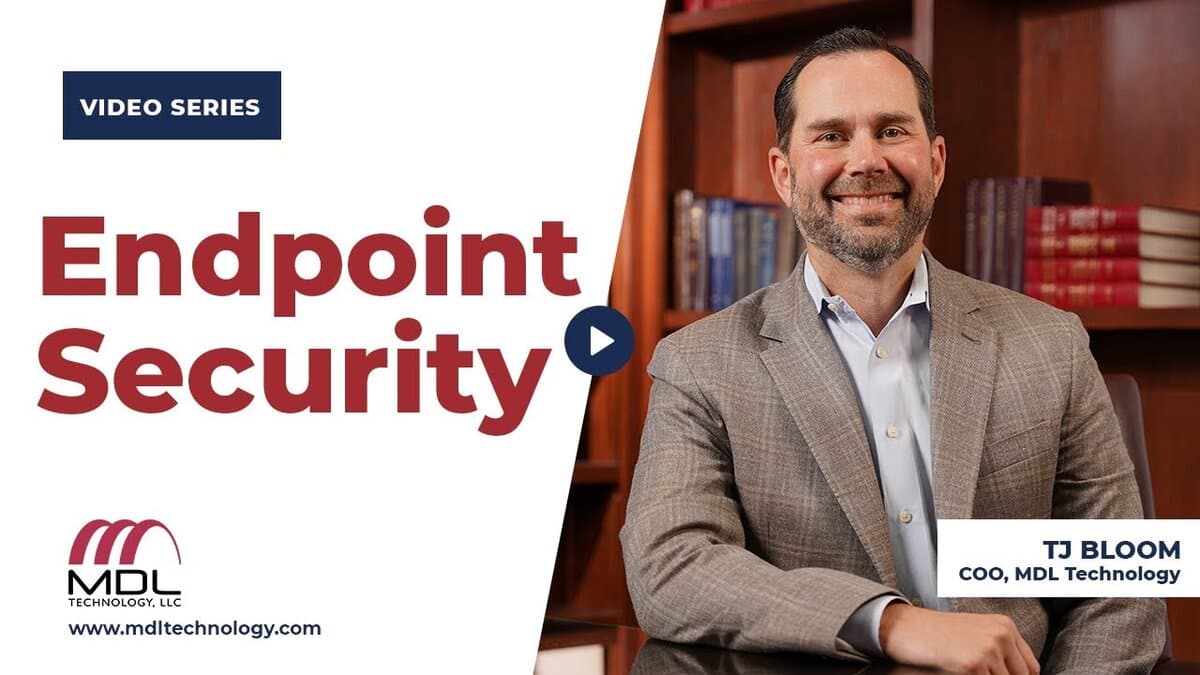With COVID-19 restrictions lifting, companies around the nation are reopening their doors. And that means employees are heading back to the office. Well, at least some are. According to TechRepublic, 63% of employers plan to introduce or expand a combination of remote and on-site working. But how will this impact your cybersecurity infrastructure at your company?
The unfortunate truth revealed by a year of working from home was how unsecure businesses around the country are and how unprepared employees are for cyberattacks. These two factors combined led to over 37 billion records compromised in 2020, according to GovTech, which is the highest data breach activity recorded in a single year.
At the beginning of 2020, we experienced a low number of data breaches. But when the pandemic hit, cyber hackers became more active than ever. If the recent SolarWinds or Colonial Pipeline attacks weren’t enough of a wake-up call, here are a few reasons why cybersecurity is a must for your business in today’s online climate:
We All Fall For Scams
Phishing scams are the easiest thing for employees to fall for and can be very harmful to large corporations. With remote work creating a rise in email communication, phishing became a very popular attack vector in 2020. Phishing can put organizations at risk of credential theft, malware and ransomware.
According to ZedNet, three billion phishing emails are sent every day. Cybercriminals have a knack for spoofing the sender’s identity to make you believe your opening emails from trusted users. As stated by Phishing.org, key identifiers to know if you have been sent a phishing email is if it offers limited-time, eye-catching deals or even poses as a helpless individual needing urgent support. Hackers like to tap into users’ emotions, catch them off guard and mitigate any sense of skepticism.
Putting together email authentication protocols is one of the best ways for your business to defend against phishing emails. Domain-based Message Authentication, Reporting and Conformance, DMARC, helps lower your risk of being attacked. Applying DMARC to your company’s domain will help lower your risk. In fact, you are five times more likely to be a target of a phishing attack if your company operates without this protection.

Maintaining Security When Employees Work Remotely
The shift to working remotely happened overnight. Whether your company was able to easily adapt or your employees experienced many challenges when connecting to VPNs, your IT staff was most likely on call 24/7 as no one imagined the work from home mandate would last as long as it did. Remote work is here to stay and it comes with multiple security challenges.
According to a Security Intelligence article, a study by Tanium found that 96% of organizational leadership admitted they were unprepared for security challenges. This was a harsh reality that data security is not a top priority within corporations. During the height of COVID-19, these industry leaders were scrambling to make sure their employees were working in a cyber-safe environment. Unfortunately, VPNs overwhelmed understaffed IT departments resulting in unknown devices connecting to the network, leaving company data very vulnerable to hackers.
What businesses can take away from 2020 is that better cybersecurity awareness training for remote workers is a must. Providing more hands-on sessions in order to understand the importance and urgency of practicing good security habits is just one simple step that can help protect your company’s data. From a study by SANS, Security Awareness, 80% of surveyed U.S. companies plan to let employees work remotely part-time and 47% plan to work remotely full-time on a long-term basis. Here is a Work-From-Home Deployment Kit that provides a step-by-step plan to quickly secure your remote workforce. It includes what to teach your workforce, the top three risks to focus on, how to secure video chats and how to effectively engage and communicate with your staff. Having proper security guidelines designed for remote work means that IT security teams can create specific programs for your company.
The reality of work-from-home challenges is not new. Although it was a small percentage, only 7% of workers in the U.S. had access to a flexible workplace as stated in this CNBC article. As we enter into a post-pandemic world and start going back to your normal workday environment, employers still expect nearly 2 in 5 employees to still be working remotely at the end of 2021. So what does that mean for your data security? The answer is continuous cybersecurity awareness training. IT teams have done a great job at making sure employees are meeting security challenges faced in remote work, but as hackers become more advanced, employee education needs to be a priority.

Authentication Abuse
With the shift to remote working, companies heavily relied on cloud computing to store their data. Hackers have used the cloud to hack into seemingly protected data. How? With authentication abuse. Cybercriminals are able to use the authentication process to jump from customer on-premise environments into the cloud and cloud applications according to a CRN article.
By taking advantage of systemic weakness in the authentication architecture, hackers gain initial access to a victim’s on-premises network and create malware that can be extremely damaging to a company. With more and more cybercrimes happening each day, this proves that hackers are actively abusing trust in a host of environments to access protected data. According to an article by Health IT Security, once hackers have taken the keys from the SSO system, they have the ability to sign assertion and impersonate any legitimate users who could be authenticated by the system along with corrupting a complex network of IP addresses to obscure their activity and privilege escalation and persistence. If your network’s authentication has been abused, you must take action steps to vigilantly defend, detect and respond to the malicious events.
Increase In Supply Chain Attacks
Supply chain attacks sent shockwaves throughout the world. From SolarWinds to the Colonial Pipeline hack, supply chain attacks rose by 42% in the first quarter of 2021, which impacted up to seven million people, according to a Supply Management article.
During these types of attacks, malware is embedded inside of a legitimate product and allows a cybercriminal to access many organizations’ networks in a single stroke. During the SolarWinds attack, it led to compromising nine federal agencies and about a hundred private sector companies as stated in this Insurance Journal article. The Colonial Pipeline attack affected 45% of the fuel for the East Coast making fuel prices skyrocket along with creating a temporary nationwide shortage as reported in this Wall Street Journal article. Not to mention the CEO of Colonial Pipeline Co authorized the ransom payment of $4.4 million as executives were unsure how badly the cyberattack had breached systems.
The best way to avoid these types of attacks is to apply patches regularly to ensure a quick response to cyber attacks.
The Journey To Zero-Trust Landscape
COVID-19 fast-tracked the journey to zero-trust! It’s the concept of never trust, but always verifying. This online architecture is a strategic initiative that helps prevent successful data breaches by eliminating the concept of trust from an organization’s network architecture.

Within this system, companies are able to identify how traffic moves across the organization in relation to protecting the surface. Not only does this policy determine who can transit the micro perimeter at any point in time but it also prevents access to your protected surface by unauthorized users. As reported by Paloalto Networks, a benefit to zero trust is that it is not dependent on a location but rather on an environment. This is a major bonus in the remote workforce as users, devices and application workloads are now everywhere.
Zero trust is also very simple to deploy on your company network. The first step is to identify the protected surface. Then to map out the transaction flows and build a zero-trust architecture. Once built out then your organization must create a zero-trust policy. Finally, you must monitor and maintain this system throughout your business.
In a world where data is not that visible, zero trust helps you gain some visibility and contact for all traffic across the user, device, location and application. In adding two-factor authentication and other security methods, your remote workforce will be one step closer to secure and protected data.
Let MDL Help Protect Your Business
Cyber hacks can happen to any business no matter the size. Based on the increased amount of data breaches over the past year due to remote work, you should consider putting protections in place to prevent your business from falling victim to data loss or manipulation from an attack. MDL offers 24/7 network monitoring services targeted to help protect your business from data breach threats.
At MDL, we make it a priority to implement the best practices for your business when it comes to cybersecurity. Our services help train your employees to spot warning signs of cyber threats and add an extra level of protection by backing up data externally. In the event that your data is lost, stolen or manipulated, it will always be secure with MDL. Don’t let your business be a victim of a cyberattack and get protected with MDL Technology today.








